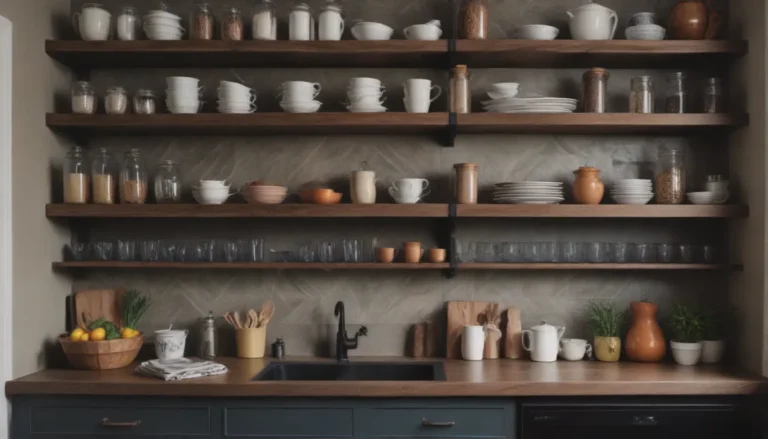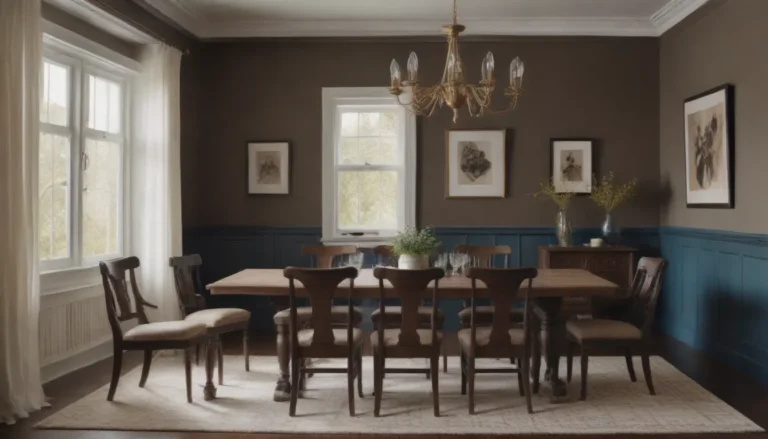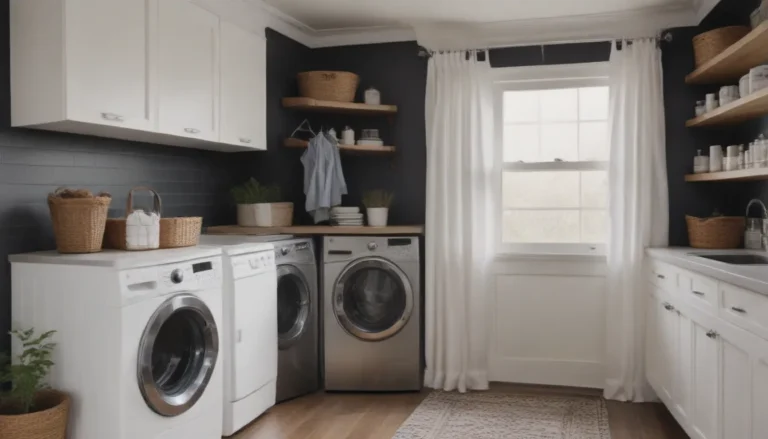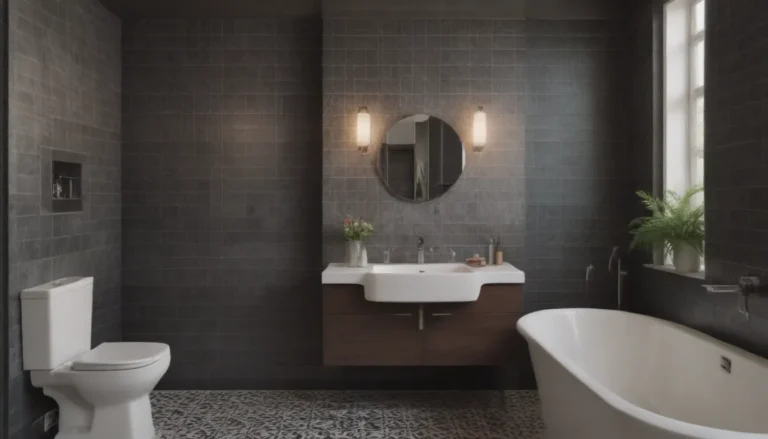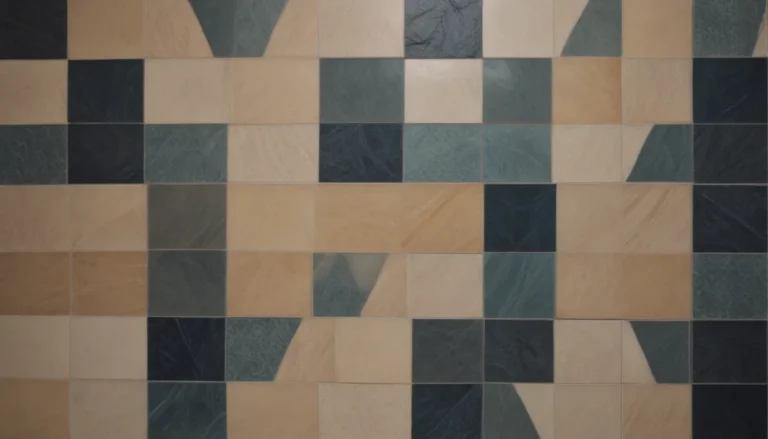Exploring the Timeless Beauty of Colonial-Revival Style Homes
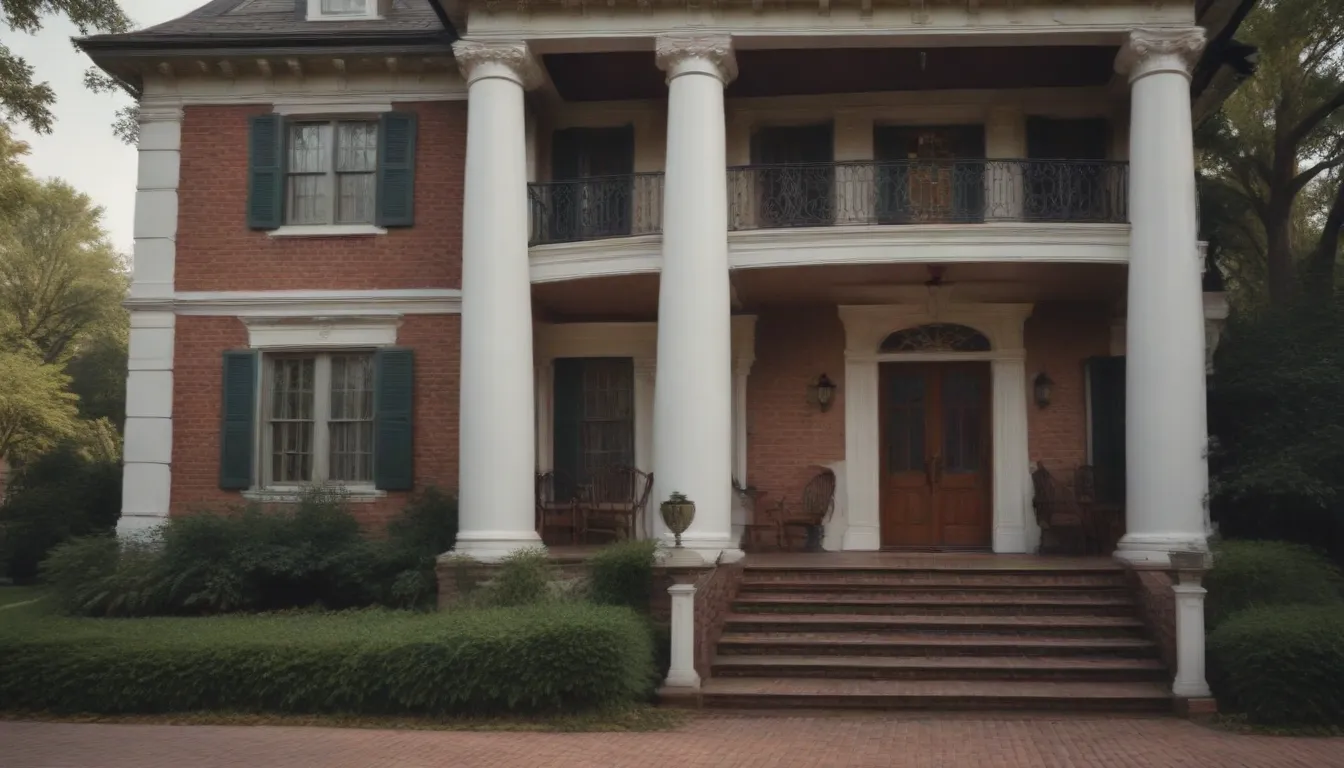
Have you ever driven through a quaint neighborhood and been captivated by the timeless elegance of a Colonial-Revival style home? These houses have a rich history in American architecture, with their roots tracing back to the Colonial era. Let’s dive deep into what makes Colonial-Revival homes so special and how they have evolved over time.
Origins of Colonial-Revival Style
The Colonial-Revival style is a reinterpretation of the earlier American Colonial homes, focusing on simpler, symmetrical, and practical designs. What are some factors that influenced the development of this architectural style?
- European architecture: The influence of European architectural styles, such as British, French, Dutch, and Spanish, played a significant role in shaping the Colonial-Revival style.
- American pride: As a young nation, America looked back to its Colonial roots with a sense of nostalgia and pride, leading to a revival of Colonial architectural elements.
- New building techniques: Advances in construction methods and materials allowed architects to recreate the classic look of Colonial homes with modern efficiency.
Key Characteristics of Colonial-Revival Homes
When you think of a Colonial-Revival style home, what comes to mind? These homes blend the simplicity and symmetry of Colonial architecture with the ornate details of Victorian-era design. Here are some key characteristics to look out for:
- Roof style: Gabled roofs are a common feature, adding a touch of charm to the overall appearance of Colonial-Revival homes.
- Floors: Polished hardwood floors are often found throughout these homes, adding a sense of warmth and elegance.
- Windows: Symmetrical window designs with intricate detailing give a classic look to Colonial-Revival homes.
- Entrances: Grand entryways with showier porticos or pediments make a bold statement and welcome guests in style.
- Interior layout: Simple layouts with a focus on practicality and symmetry create a sense of balance and harmony within Colonial-Revival homes.
American Colonial vs. Colonial-Revival
While American Colonial and Colonial-Revival architecture share similar roots, there are key differences between the two styles. How do these architectural styles differ?
American Colonial
- Centered entryway with a small portico or pediment
- Central fireplace and staircase
- Rectangular shape with clapboard or shingles on the exterior
- Small windows and a simpler overall design
Colonial-Revival
- Large windows, often in pairs, allowing for plenty of natural light
- Grand entryway with ornate porticos, columns, and intricate detailing
- Fanciful designs on moldings, shutters, and other architectural elements
- Use of brick on the exterior, enhancing the traditional look of Colonial-Revival homes
Colonial-Revival Homes Today
While Colonial-Revival homes were most popular in the 1940s, their timeless appeal continues to resonate with homeowners and architects alike. Whether in suburban neighborhoods or historic districts, Colonial-Revival style remains a popular choice for those seeking a blend of classic charm and modern comfort.
Neo-Colonial
In newer construction homes, you may come across a style known as “Neo-Colonial,” which updates and simplifies Colonial-Revival features for a more contemporary look. These homes can be found in subdivisions across the country, showcasing a modern take on a classic architectural style.
Example of a Colonial-Revival Style Home
Let’s take a closer look at a stunning example of a Colonial-Revival style home renovated by Crisp Architects in the Northeast region of the U.S.
New England Colonial Revival-Style Home
- Facade Design: The exterior of the home reflects the classic elements of Colonial-Revival style, with gabled roofs, symmetrical window designs, and ornate porticos.
- Interior: Polished hardwood floors, elegant staircase, and intricate moldings create a timeless look that pays homage to the traditional style of Colonial-Revival homes.
Renovation Details
- Preserving Character: Crisp Architects retained the original character of the home while making it more suitable for modern lifestyles.
- Expansion: By raising the ceiling height and expanding the footprint, the architects enhanced the home’s livability without compromising its historic charm.
- Exterior: A fresh coat of white paint and removal of black shutters on the back side gave the home a more streamlined and contemporary feel.
Interior Design
- Formal Dining Room: Featuring wainscoting, a fireplace, and classic furnishings, the formal dining room exudes elegance and sophistication.
- Bedroom: An upstairs bedroom with white walls, traditional windows, and antique furniture showcases the timeless appeal of Colonial-Revival style.
Famous Examples and Interesting Facts
- Woodrow Wilson House: One of the most famous examples of Colonial-Revival style is the Woodrow Wilson House in Washington, D.C., designed in 1915.
- Popularity: Colonial-Revival homes were most popular from 1880 to 1960, with a resurgence in interest in recent years.
- Interior Design: The main features of Colonial-Revival interior design include grand entrances, polished wood floors, Oriental rugs, wainscoting, and classic furniture styles like Queen Anne and Chippendale.
In conclusion, Colonial-Revival style homes have left an indelible mark on American architecture, blending classic elegance with modern functionality. Whether you’re a history buff, a design enthusiast, or a homeowner looking to capture the timeless beauty of the past, Colonial-Revival homes offer a glimpse into a bygone era while remaining relevant and beloved today.
